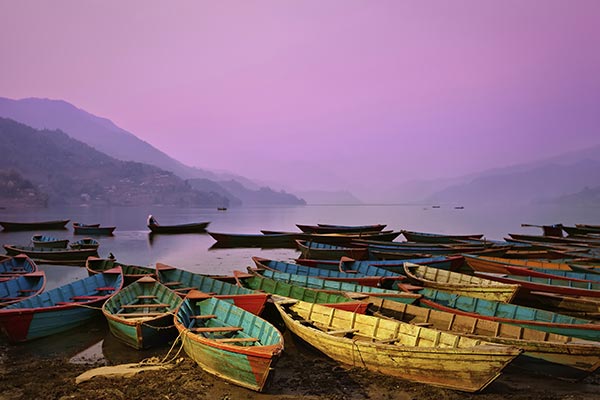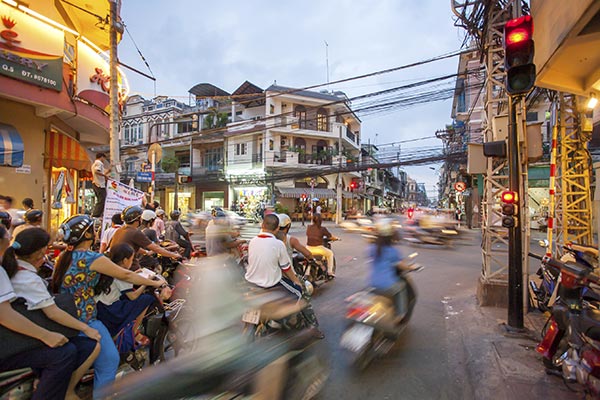Landscape Photo Tips by Nat Geo
I came across this insightful story today regarding landscape photography and am sharing this wonderful collection of photo tips that National Geographic has recently published.
National Geographic: How to Take Landscape Photos
http://photography.nationalgeographic.com/photography/photo-tips/landscape-photos/#/mount-everest-dusk_21250_600x450.jpg
Their tips are simple straightforward and very helpful. Feel free to pass this blog on to other travel photographers you may know and of course our link to A Different Perspective and take a look at the amazing collection of photo tours. A Different Perspective photo trips are geared for advanced photographers who want to combine photographic and cultural experiences and travel with like-minded people.
Sound like you? Call for more info: 415-331-3791
Excerpts from National Geographic: How to Take Landscape Photos (photos to story can be seen by copying & pasting the link above in your browser):
1. Mount Everest at Dusk
Travel is all about escape, and the urge to get away often leads us out of cities and into the countryside. In this gallery, get tips for taking the best landscape shots.
Here, Mount Everest (at left) glows at dusk. This panorama photo was taken shortly after sunset from Gokyo Ri, Nepal, in 2004.
(This photo and caption were submitted to Your Shot.)
Photo Tip: When shooting in cold weather, or extreme conditions such as snow and sleet, it’s important not to change your lenses outdoors. You never want to get moisture or condensation inside the camera body.
2. Masai Mara National Reserve, Kenya
Sunset falls on a Maasai boy on Kenya’s Masai Mara National Reserve.
Photo Tip: After you’ve made the image you have in mind, walk or drive closer to the subject and try again. Proximity will make the subject strike you in a different way.
3. Manarola, Italy
A scene of the tiny village of Manarola on the Cinque Terre coast of Italy. I camped on this spot for some time waiting for the right balance of light as the sun set. I was rewarded with many great shots of the late afternoon and even in moonlight. This long exposure captures the essence of the village with the locals all joining for a party near the boat ramp.
(This photo and caption were submitted to My Shot.)
Photo Tip: The best building shots balance light from three different sources: skylight, streetlights, and lights from within the building.
4. Potato Field, India
Women in the village of Mawsynram in the Indian state of Meghalaya (known as the wettest place on the planet), use homemade “umbrellas” when they work in the potato field.
(This photo and caption were submitted to My Shot.)
Photo Tip: Rain can damage or ruin your camera, but it can also make for great pictures. Carry a good umbrella, a box of plastic bags, perhaps a small tarp (some are specially made for photography), and a towel with which to dab your equipment.
5. Baobab Trees, Tanzania
Baobab trees frame a serene view of night skies in Tarangire National Park, Tanzania. Some species of baobab trees can live for a thousand years—potentially reaching a stunning height of 80 feet (25 meters) and a diameter of 40 feet (12 meters).
Photo Tip: Nighttime photographs almost always require long exposures. This means using a tripod to hold your camera perfectly still while the shutter is open, though you can sometimes find a solid surface to rest your camera on and trip the shutter with the camera’s self-timer.
6. Horse Ranch, Argentina
Men and horses pause near El Calafate, a town just beyond Lake Argentina in the southern reaches of Patagonia. With its stunning backdrop of Andes peaks, the town is one of the country’s biggest tourist draws.
Photo Tip: Add layers to your composition—that is, multiple elements beyond the main subject, such as foreground and background elements.
7. Kerala, India
Fishing is an important source of income in Kerala. People in the southwestern state also have the highest literacy rate in India and enjoy the best health.
(This photo and caption were submitted to My Shot.)
Photo Tip: If you don’t have a waterproof case, use sealable plastic bags to keep your equipment dry. Never put hot silica gel in them
8. Tuareg Tribesmen, Sahara
A Tuareg tribesman leads his camels through the dunes of the Sahara. The Tuareg have historically roamed the desert from southern Algeria and Libya to eastern Mali. Tuareg caravans once dominated trade routes; today, many of those who have not settled in cities and towns make their livings herding livestock..
Photo Tip: Take time to explore. Part of the joy of landscape photography is being out in nature. Wander around and get a sense of the place. It will take time and patience to discover the best way to show what makes it unique.
9. Terraced Rice Field, China
Yunnan, China, is a beautiful place for shooting rice field terraces.
(This photo and caption were submitted to My Shot.)
Photo Tip: When shooting aerial photography, stay pretty low, usually at about 1,000 feet (300 meters) above the ground. High equals hazy in aerial photography.
10. Cornfield, São Paulo, Brazil
An old and great example of a Jequitiba tree in a cornfield in Pirassununga city, interior São Paulo state.
(This photo and caption were submitted to My Shot.)
Photo Tip: Find leading lines. Landscapes are full of linear elements— roadways, train tracks, fencerows, ridgelines, tree branches. Use these lines to lead the eye into your picture. Leading lines are most effective as diagonals.
Best regards,
Teri


